Fat deposits in sewer pipes lead to more serious consequences. If small blockages can be eliminated on their own, then only professional services can cope with annual fat deposits. But it's worth trying. The article describes popular methods for self-dissolving fat in the drainage system.
How does the problem appear
- water leaves very slowly or remains in the sink, toilet bowl;
- the situation has not changed after flushing the siphon;
- an unpleasant smell comes from the pipes.
Another reason is the peculiarities of the pipes. The inner side of cast iron products is rough. Therefore, fat accumulates on it every day. Also, when installing the system, the wrong angle of inclination of the drain pipes was chosen. The fat builds up and becomes a blockage.
How to fix the problem
- Soda. Pour a glass of baking soda into the sink drain, pour boiling water over it. Close with a stopper, leave for 2-3 hours. Then rinse the pipe again with boiling water. Turn on the tap and check how fast the water is leaving. If it doesn't help, go to the next method.
- Soda and vinegar. Pour a glass of baking soda into the drain, add 3-4 tablespoons of vinegar. A foaming bubble reaction should occur. When the extinguishing of the soda stops, rinse the pipe with hot water. For the best effect, repeat this procedure 2-3 times. You can only use baking soda and vinegar to clean plastic and cast iron pipes. It is forbidden to clean the metal, otherwise it will be damaged and rust.
- Coca-Cola or other similar drinks. It is enough to pour 1 liter of soda into the drain, wait a while and rinse the pipe with water. Phosphoric acid effectively dissolves fat. But there is also a minus - dyes. Therefore, it is recommended to use a colorless liquid to clean white plumbing.
- Products with a high chlorine content. White is a good option. But it will take from 2 to 3 liters. Pour whiteness into the drain, rinse with plenty of water.
If traditional methods did not help, you should try the second method - chemical agents. These can be tablets, powders, granules, liquids. The following are considered popular drugs.
- "Mole". An effective and inexpensive option. Sold in dry and liquid form. The dry matter has an antibacterial effect. It is important to understand that products from different manufacturers differ in dissolution results. Instructions for use are simple - pour or pour the substance into the pipe, wait a few hours, rinse with boiling water.
- "Mister Muscle". Sold in the form of granules and gel. Customers claim that even the most stubborn grease works well with a thick gel. Instructions - pour half of the container into the pipe, wait 20 minutes, rinse with boiling water.
- "Bagi Pothan". This is the most powerful and effective remedy. However, it should be used strictly according to the manufacturer's instructions. Try not to inhale vapors and open windows. Pour the contents into the drain, pour a glass of boiling water as quickly as possible. Leave in this form for a few minutes, rinse again with hot water.
The third method - mechanical - will help to cope with persistent blockages.It includes the use of:
- plunger - it is enough to apply to the hole, perform translational movements to create pressure in the pipe;
- plumbing cable - lower it into the pipe, rotate until it pushes the blockage;
- steel belts - push into the pipe, remove the blockage, rinse the remains with hot water.
Experts advise using the mechanical method at the same time as chemicals. Hand tools only remove blockages, but do not disinfect pipes.
If for some reason it was not possible to cope with the fat in the sewer on your own, you should contact the professionals. Today they use hydrodynamic instruments that instantly remove all build-up.
What to do to prevent the problem
Here are a few more preventative measures.
- Wash the dishes with warm water. Cold water promotes rapid fat build-up on the pipe walls. After washing the dishes, pour 1 liter of hot water into the sink. It is best to clean the dishes over the basin and then empty the used water down the toilet. It, in turn, is treated with a special gel.
- Do not pour leftover food into a sink or toilet. It is enough to throw them into the trash bin, recycle them in the disposer. Also close the sink drain with a special grate.
- Protect plumbing fixtures from small children. Often, kids throw various toys and things into the toilet or sink.
Many people choose to install a household grease separator. The device filters waste water from debris and dirt, separates and retains grease.

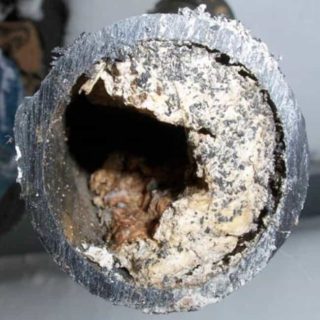
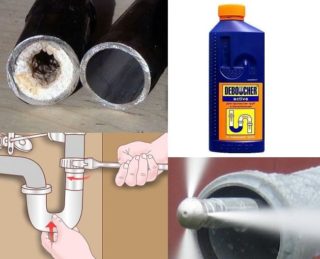
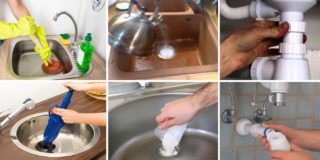
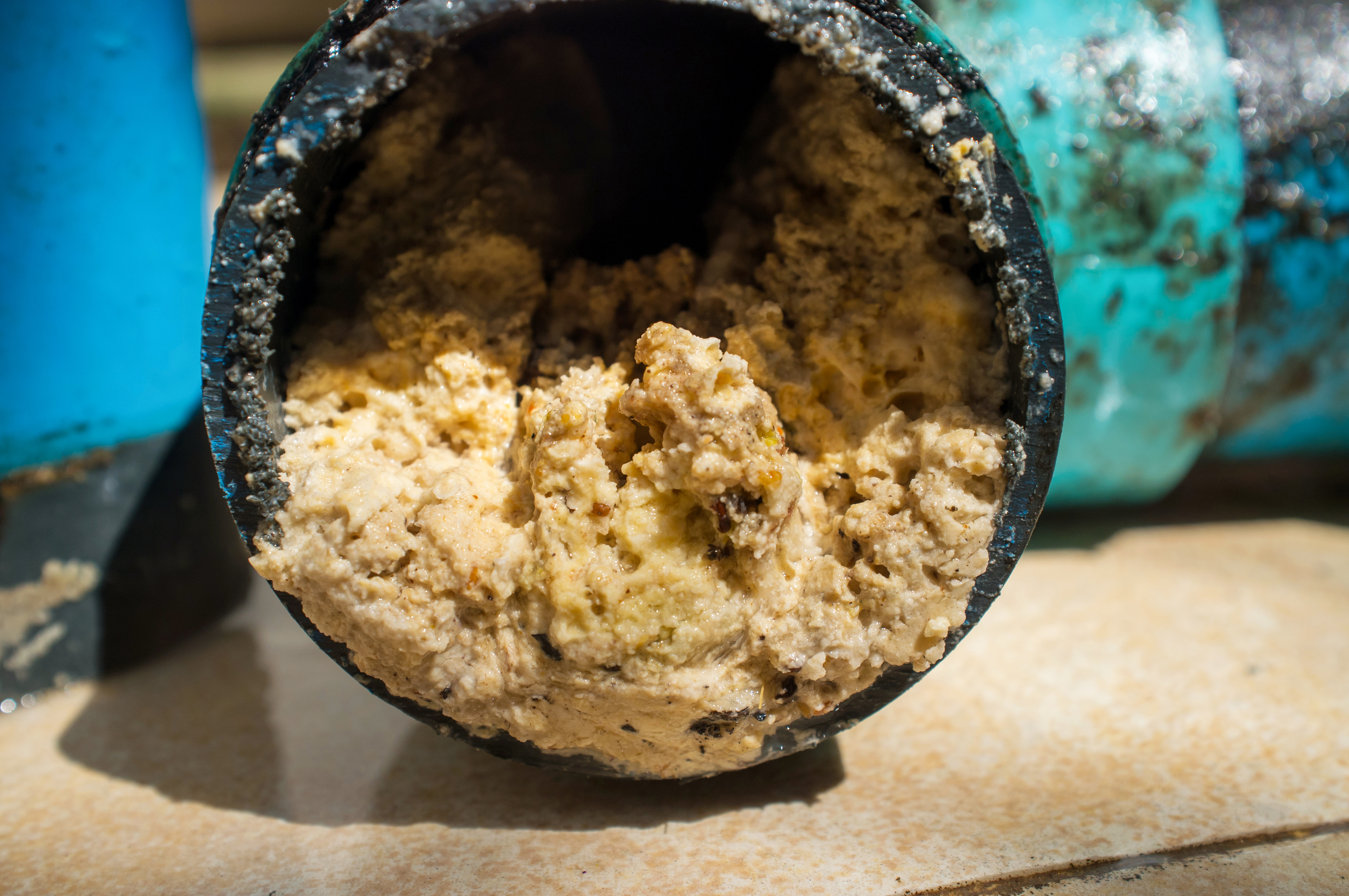
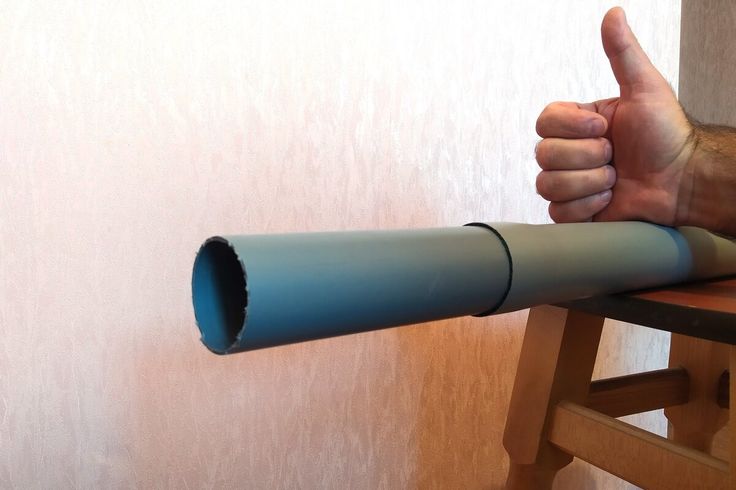
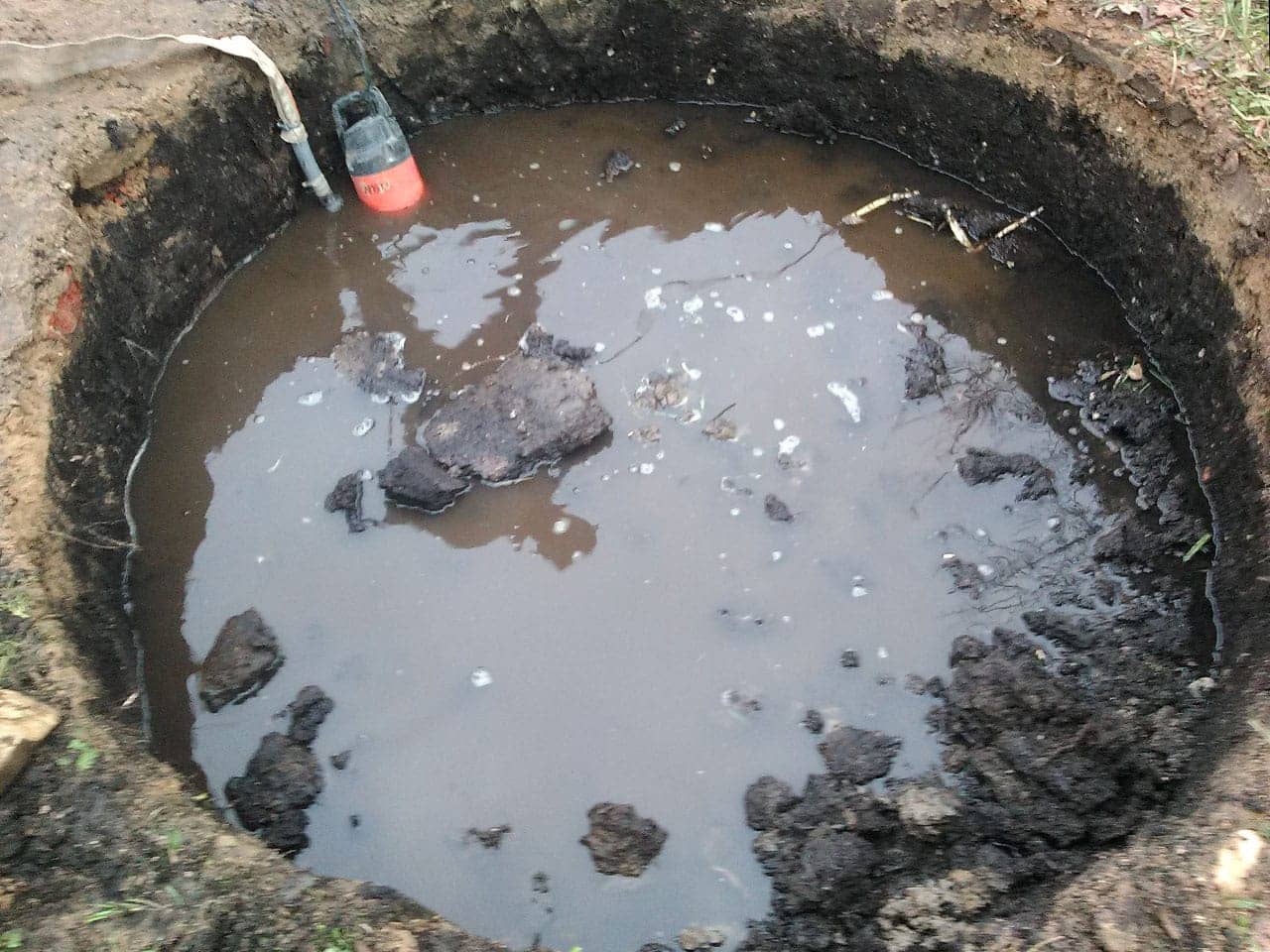
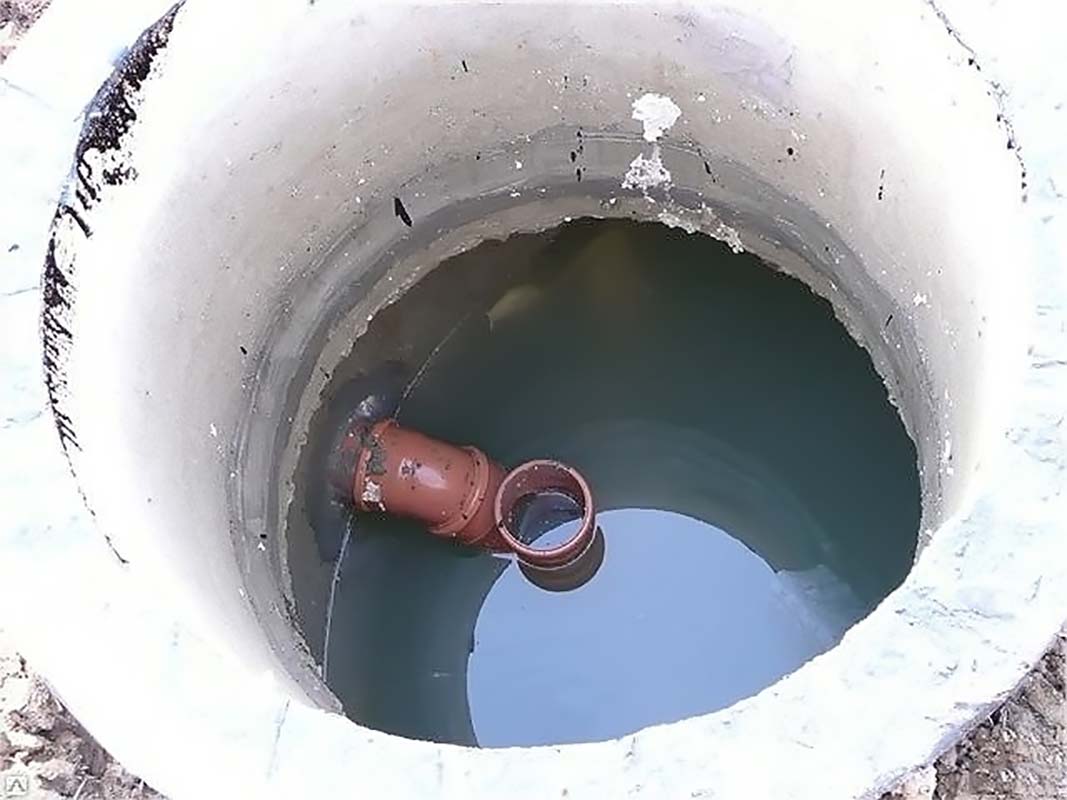
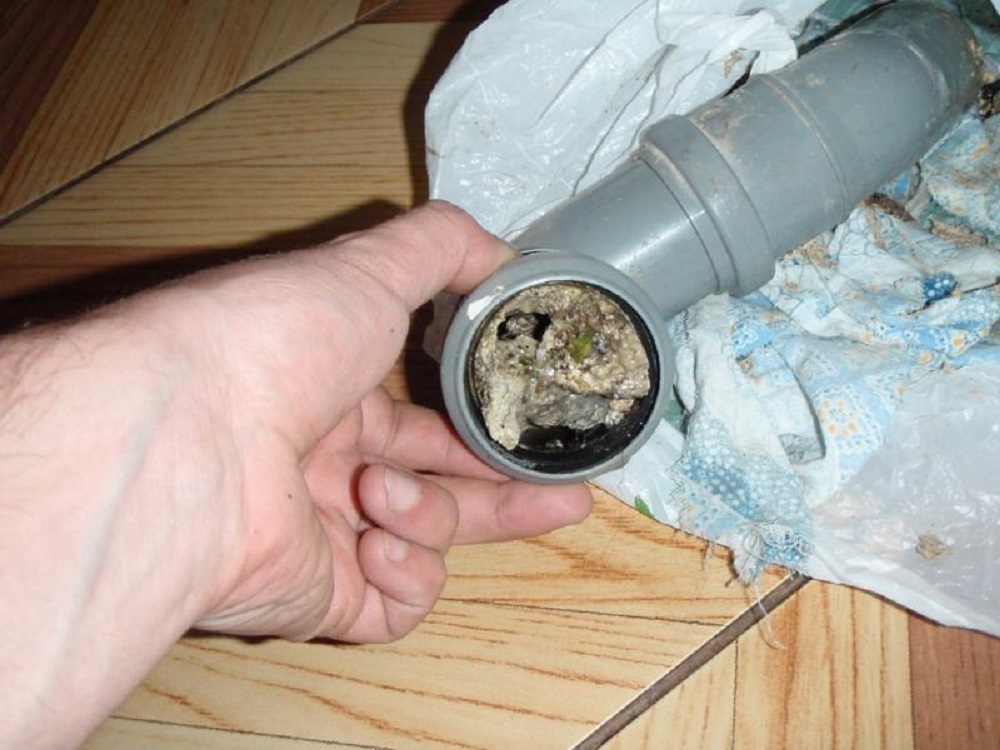
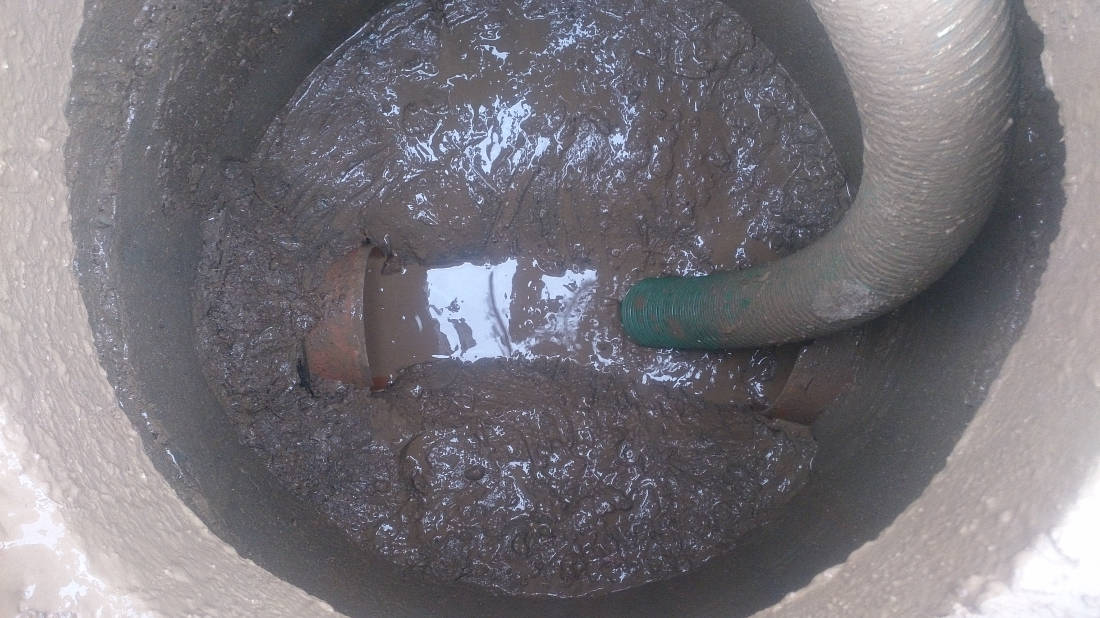
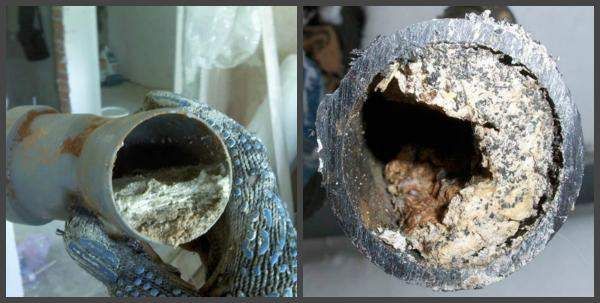
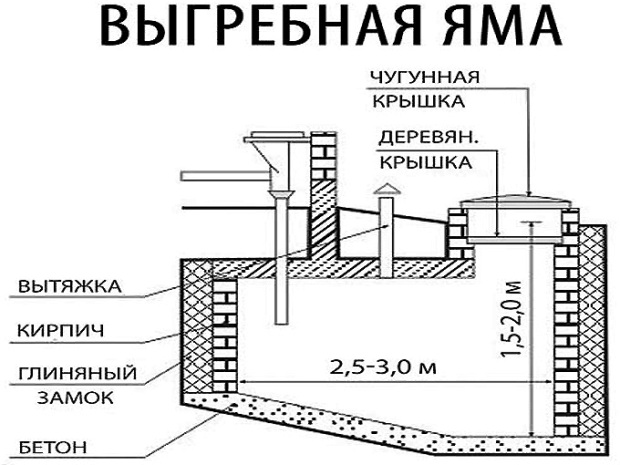
I tested the method for cleaning sewer pipes in the following way. To do this, I poured 1 liter of ordinary electrolyte into the toilet.
(battery acid) for 12 hours. The smell was strong, apparently there was some kind of chemical reaction. The effect was, but short-lived .. I plan to repeat this method in the future.